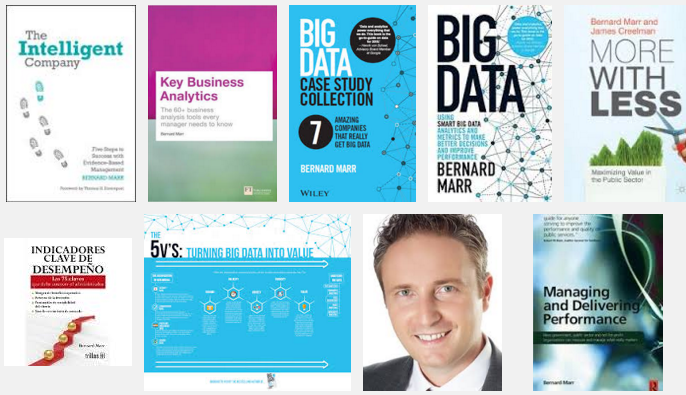What is Big Data?
Big Data is the term used to describe our ability to make sense of the ever-increasing volumes of data in the world. Whether you call it big data, analytics, business intelligence or data analysis doesn’t really matter that much. What does matters is that we can now collect and analyse data in ways that wasn’t possible even a few years ago. Big Data is starting to transform most areas of business, industry, research and most other parts of our lives.
Size, Speed and Structure
Big Data does not simply refer to the ever-increasing size of data sets we can now analyse, but also to the speed at which is it created and used as well as the different types and structures of data we can now analyse.
Size is one component of big data. We generate more data than ever before. If we took all the data that was created in the world between the beginnings of time until the year 2000, then the same amount of data is now generated every few minutes. In fact, over 90% of the data in the world was created in the past couple of years.
Speed is another important component. The speed at which we generate new data and the speed at which data moves around is phenomenal. Every minute we send over 200 million emails, click almost 2 million likes on Facebook, send almost 300K tweets and up-load 200K photos to Facebook as well as 100hours of video to YouTube. In addition, think of all the web searches conducted (about 3.5 billion a day for Google alone), all the sensor data gathered, all the credit card transactions, all the mobile phone location data, etc.
Structure is a third component of Big Data. In the past we mainly relied on structured data, the type that we can put into tables and neatly organise, such as sales transactions by customer, region, etc. Less structured data, such as text files, photographs, video content etc. was largely ignored. Today, we have the ability to use and analyse a large variety of data including written text, spoken words, even the tone in our voice, as well as biometric data, photographs and video content.
How is Big Data Used?
The applications of Big Data are endless; here are just a few examples of how some of our customers use it:
- Companies use big data to better understand and target customers by bringing together data from their own transactions as well as social media data and even weather predictions.
- Businesses optimise their processes by tracking and analysing their supply chain delivery routes and combine that data this with live traffic updates. Others use machine data to optimise the service cycles of their equipment and predict potential faults.
- Big Data is used in healthcare to find new cures for cancer, to optimise treatment and even predict diseases before any physical symptoms appear.
- Big Data is used to analyse and improve the performance of individuals (at sports, at home or work) where data from sensors in equipment and wearable devices can be combined with video analytics to get insights that traditionally where impossible to see.
- Police forces and security agencies use big data to prevent cyber attacks, detect credit card fraud, foil terrorism and even predict criminal activity.
- Big Data is used to improve our homes, cities and countries by e.g. optimising the heating or lighting in our homes, the traffic flow in our cities, or the energy grit across the country.
The applications of Big Data are endless. Big Data matters to every business, of any size, in any industry. To learn more read our books, articles and case studies or get in touch if you would like to discuss our Big Data consulting or training services.
DSC Resources
- Career: Training | Books | Cheat Sheet | Apprenticeship | Certification | Salary Surveys | Jobs
- Knowledge: Research | Competitions | Webinars | Our Book | Members Only | Search DSC
- Buzz: Business News | Announcements | Events | RSS Feeds
- Misc: Top Links | Code Snippets | External Resources | Best Blogs | Subscribe | For Bloggers
Additional Reading
- The 10 Best Books to Read Now on IoT
- 50 Articles about Hadoop and Related Topics
- 10 Modern Statistical Concepts Discovered by Data Scientists
- Top data science keywords on DSC
- 4 easy steps to becoming a data scientist
- 13 New Trends in Big Data and Data Science
- 22 tips for better data science
- Data Science Compared to 16 Analytic Disciplines
- How to detect spurious correlations, and how to find the real ones
- 17 short tutorials all data scientists should read (and practice)
- 10 types of data scientists
- 66 job interview questions for data scientists
- High versus low-level data science
Follow us on Twitter: @DataScienceCtrl | @AnalyticBridge

